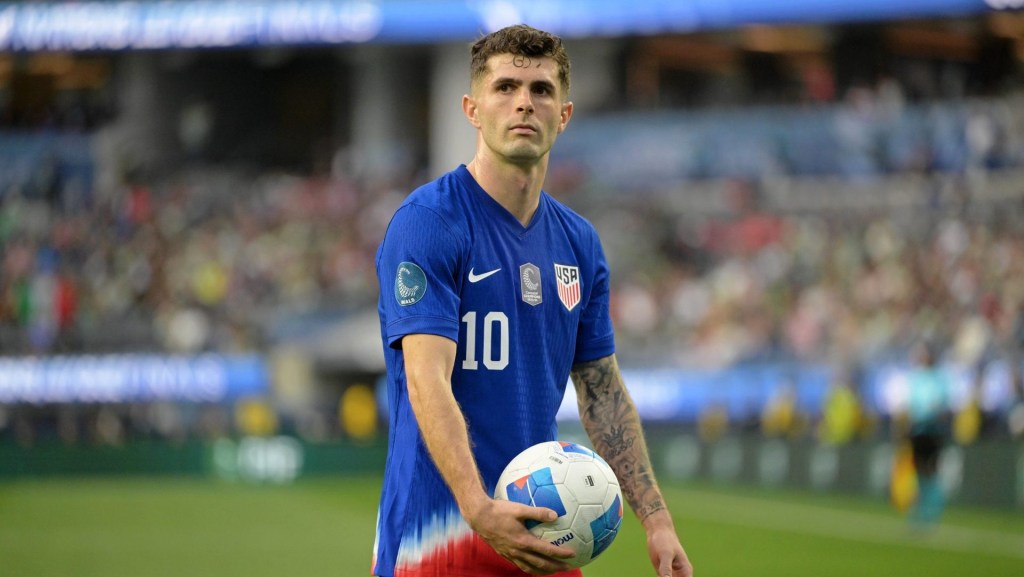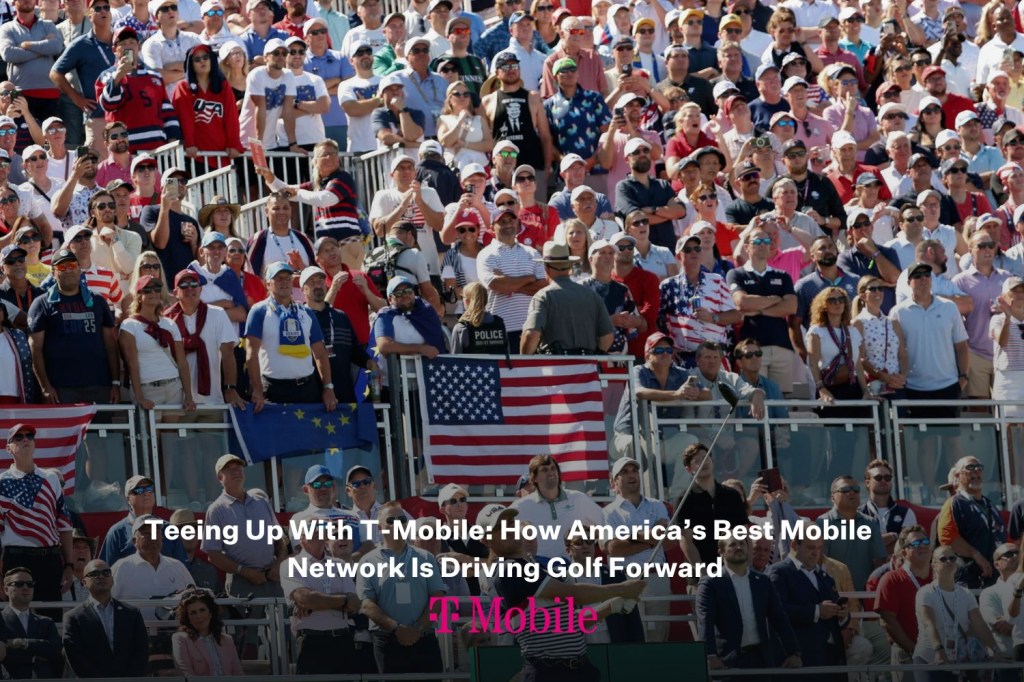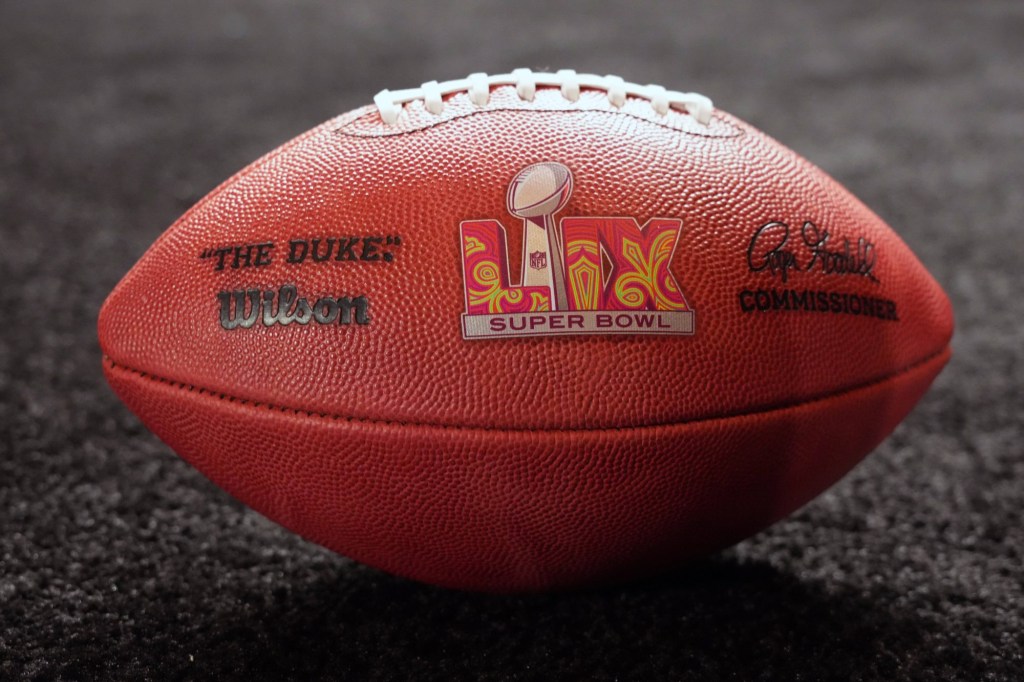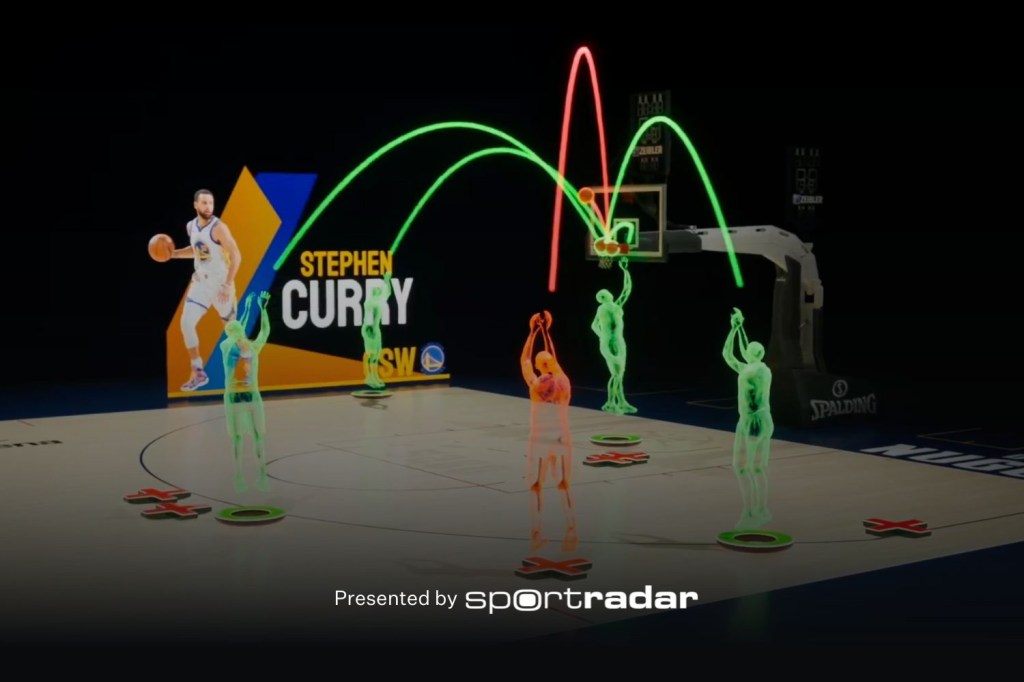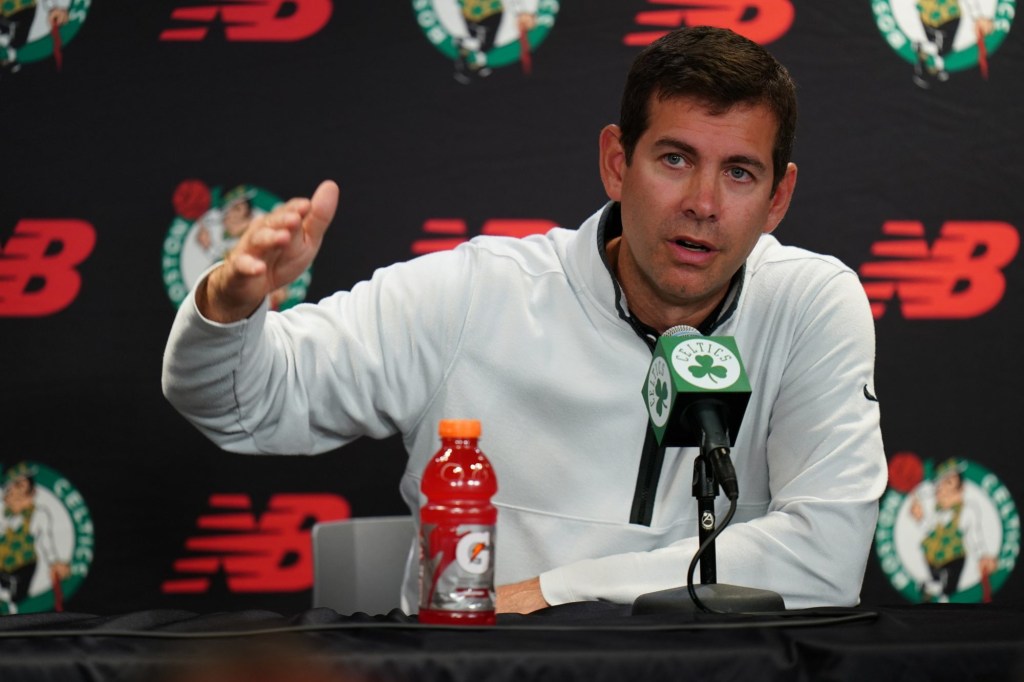Soccer by far is the most popular sport in the world – with a huge following in every corner of the globe. And yet, in the United States, soccer fandom lags behind other sports like American Football, Baseball, and Basketball.
But that may all change soon.
A new report, Fanarchy26, is making the case that soccer is primed for explosive growth in the United States over the next decade. Published as a partnership between leading data and strategy firm Sports Innovation Lab and award-winning creative agency Jung von Matt SPORTS , the report is the output from the first comprehensive study of US-based soccer fans ever conducted. The release is timed to prepare businesses and stakeholders for the potential growth that will be the result of numerous international soccer competitions coming to American shores, including the 2026 World Cup and the 2028 Olympics.
Sports Innovation Lab and Jung von Matt SPORTS share the belief that the United States is the world’s most exciting growth market for soccer for brands, sponsors, clubs and all other industry players. However, fandom in the U.S. is different from other regions in the world and it requires an authentic and fan-centric approach to win new fans and communities.
Instead of becoming a fan by absorbing the vibrant culture around them, there is an initial experience or spark that unlocks an individual’s fandom. The U.S. features a melting pot of entertainment, culture, lifestyle, and merchandise options. At the same time, it is a market where women’s sports has a powerful impact on the growth of U.S. soccer fandom: Women’s soccer in the U.S. is bigger than anywhere else in the world.
“The American soccer market is unique and complex. Brands cannot simply copy and paste efforts that were employed in other markets and regions and expect success in America,” said Jung von Matt SPORTS CEO and Partner Robert Zitzmann. “Fandom in the United States is co-creating a new era of soccer culture, bridging entertainment and societal equity beyond any social border. At the same time, it is not just about commercial growth. The U.S. market presents a rare opportunity to contribute to building a new platform for the beautiful game and all of its connected people and stakeholders.”
Based on a mixed-methods approach that included survey data, in English and Spanish, of 1,500 self-identifying U.S.-based soccer fans as well as analysis of transactional credit and debit card purchasing data from over 20 million U.S. consumers, the Fanarchy26 report is a commercial and cultural guide to help brands and organizations understand not only who is attending, watching, and playing soccer, but more importantly why and how these people act as fans.
“Everyone we talked to about soccer in the United States was anticipating a major second wave of popularity, similar to the one we all experienced in 1994 the last time the World Cup was held here,” said Sports Innovation Lab COO Kerry Bradley. “But nobody knew what that wave would look like, or who the fans in the United States were. This gap in knowledge compelled us to start this research.”
The report goes on to identify five unique personas that comprise the U.S.-based soccer fan market as well as six dedicated recommendations on how to unlock the huge commercial potential in a decade of mega events hosted in the Americas to not just grow the sport, but to shape a new culture for a new generation whose rituals and habits are only just beginning to form.
You can download the full report, for free, at Fanarchy26.com.
This research points out that, today, only 27% of sports fans in the United States identify as soccer fans—a low number relative to other regions of the world. And yet, soccer fans in the United States are avid, and committed consumers, perhaps because of the relative recency of their fandom. The report says that 72% of U.S.-based soccer fans will purchase a ticket and attend a match at least once per season, and 71% spend on soccer-related merchandise yearly. Jerseys are the most popular item (65%).
Also, the report focuses on the rare opportunity for the U.S. sports ecosystem to co-create an idealized soccer fan culture – also with regard to the domestic leagues. While the English Premier League and La Liga unsurprisingly are in the Top 5 of the most followed leagues, in third is the USL, the challenger men’s competitive league, and in fifth place is the NWSL, the top domestic women’s league.
Both organizations plan to continue the research in the years leading up to the Men’s World Cup in 2026, and, potentially, the Women’s World Cup in 2027. Sports Innovation Lab Head of Innovation, Abe Stein, told us that all the research methods were designed in such a way as to be ongoing, to facilitate the tracking of soccer growth in the U.S. market for years to come.
“As comprehensive as the free report is, it’s maybe only 10% of the data and intelligence we have collected,” he said. “There’s so much to unpack, and we intend to be working on this research to support clients for many years to come.”

